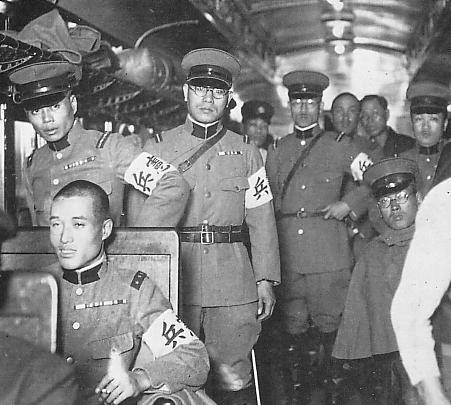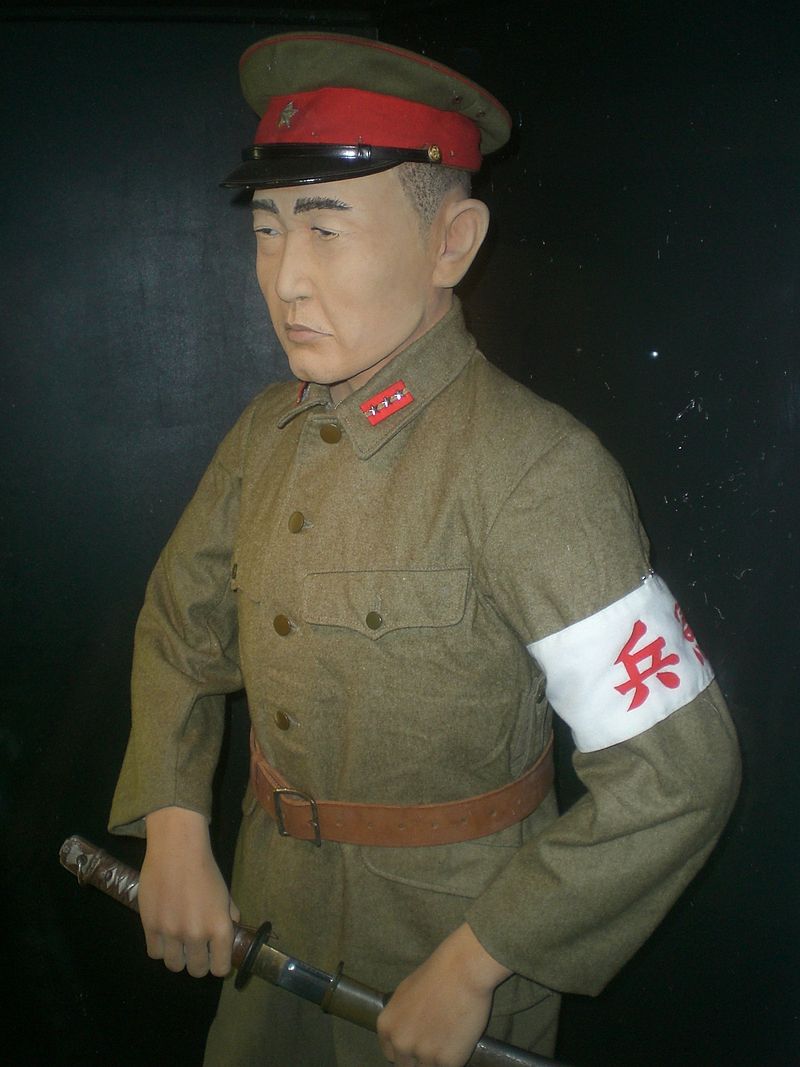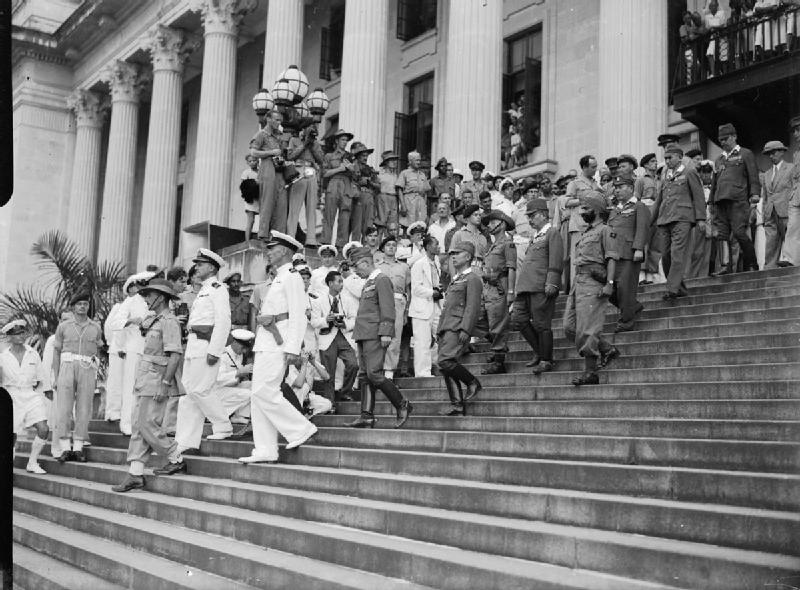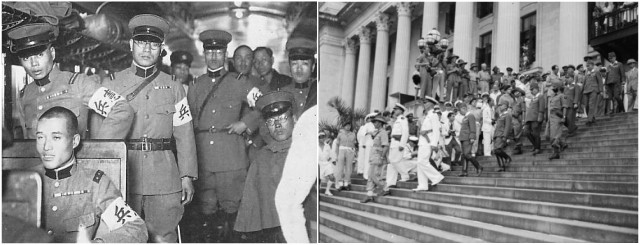The Japanese occupation is one of the darkest moments in the history of Singapore. But during every extreme situation such as war, humans demonstrate extraordinary qualities and acts of human compassion. One such story is about Mamoru Shinozaki, also known as the “Schindler of Singapore” or “the Japanese Schindler.”
Mamoru Shinozaki was born in Japan in February 1908. He was a press attache with the Imperial Foreign Service and was assigned to Singapore before the Japanese invaded. Before the occupation, he was jailed by the British for spying. When the Japanese invaded Singapore he was released and hailed as a hero.

Mamoru Shinozaki was appointed Advisor to the Defence Headquarters and because of that, he witnessed Kempeitai tortures first hand. The Kempeitai was the secret Japanese police, akin to Nazi Germany’s Gestapo.
From 1942 to 1945, thousands of young Chinese men were rounded up and brought to Kempeitai screening centres at the YMCA Building in Stamford Road and the Central Police Station in the Chinatown district. They would torture Chinese youths simply for not grovelling properly to a passing Japanese officer. Their brutality went so far that they would force prisoners to drink water from a high-pressure hose and then kick them in their stomachs with their boots. Mamoru Shinozaki couldn’t bear to watch such inhumane treatment.

Since he was ordered to reassemble the documents of the Japanese consulate and issue protection and identity cards to diplomats and other foreigners from neutral countries, he issued thousands of ‘good citizen’ and safe-passage passes to Chinese, Eurasians and foreigners alike.
He was supposed to issue such protection and identity cards only to Japanese collaborators and foreign diplomats, but he issued around 30,000 of them. He estimated that he saved around 2000 Chinese from Japanese concentration camps. And this was not the end of his humanitarian acts. He ensured a steady food supply for the Little Sisters of the Poor welfare home and helped the starving. He also saved many prominent members of the Chinese community.

When the Japanese surrendered in 1945, Mamoru Shinozaki was captured and imprisoned along with over 6,800 Japanese in Singapore. He was later released after the Chinese and Catholic communities petitioned for his release. He was a prosecution witness during war crimes trials in Singapore. He left Singapore in 1947. He came back to Singapore to promote his book, Syonan, My Story: The Japanese Occupation of Singapore. His book detailed his humanitarian activities during the occupation.
